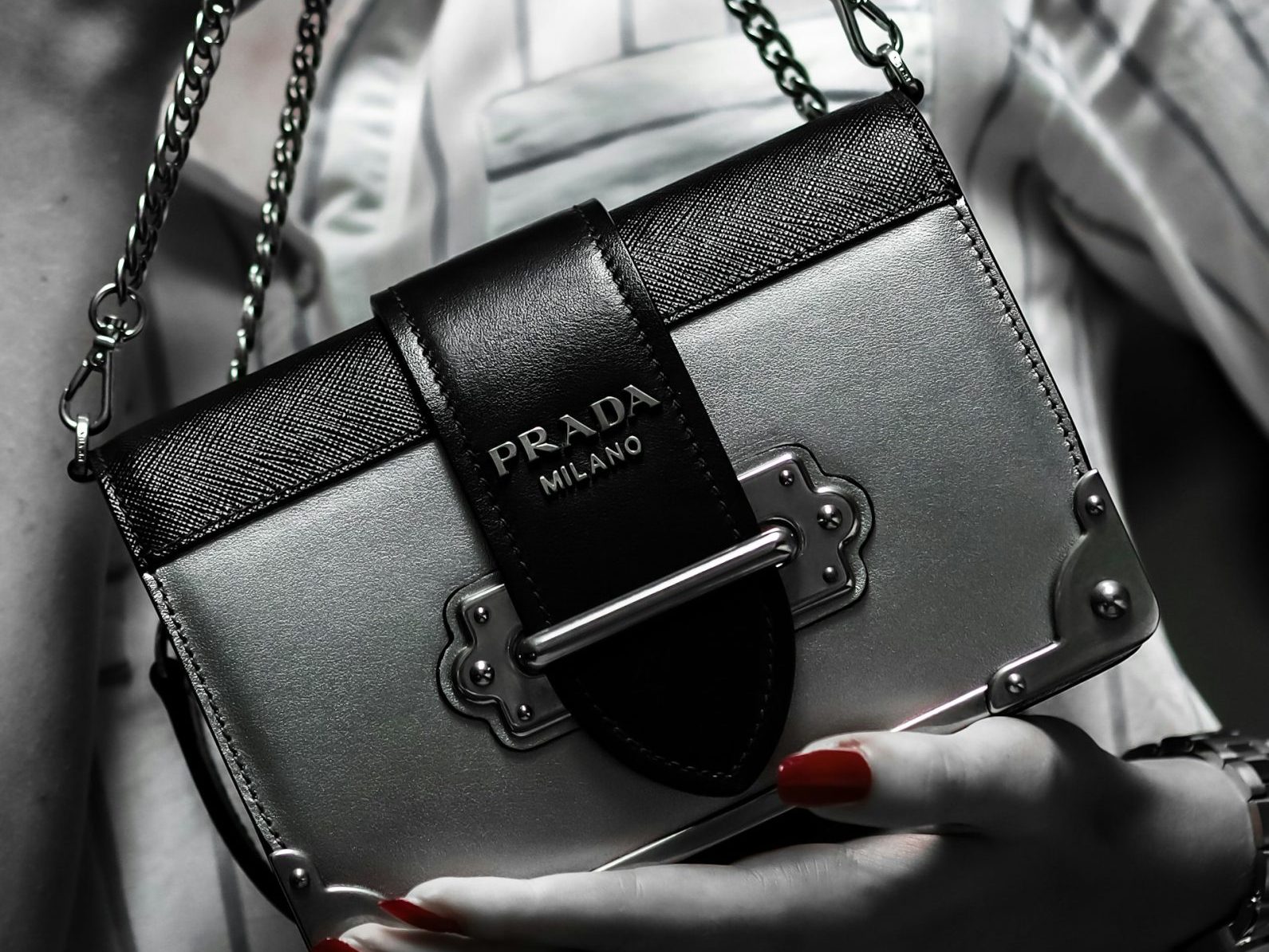
Prada: a beacon of luxury and a harbinger of high-end fashion trends. With a century-old legacy, Prada continues to shape and define what we know today as contemporary women’s style. Its influence permeates the very fabric of the fashion industry, often seen as the gold standard for innovation and elegance in design.
The story of Prada began in 1913, in Milan, Italy, and the House of Prada has been a trendsetter ever since. Known for their uncompromising quality and pioneering approach to style, Prada’s designs have become an international symbol of opulence and fashion-forward thinking.
One of Prada’s landmark contributions to fashion was the reinvention of the ordinary into the extraordinary. Who could have imagined that nylon, a material once reserved for parachutes and tents, would become a staple of luxury fashion? This transformative vision is what sets Prada apart. Their iconic nylon bags, striking geometric prints, and statement color palettes are emblematic of a brand that dares to differ.
Prada’s runway shows are more than mere displays of new collections; they are declarations of directional shifts in the world of high fashion. The reintroduction of the kitten heel by Prada, once thought to be a fashion relic, speaks volumes of the brand’s market-shaping power.
Today, the Prada effect is undiminished. As the world becomes more environmentally and socially conscious, Prada has embraced sustainability and ethical practices, further enhancing its desirability among the discerning modern clientele.
Prada has proven that luxury is not antithetical to responsible practice. By integrating sustainability and ethical consciousness into its core values, Prada not only follows but sets the trends—both in style and corporate citizenship.
The narrative of women’s fashion trends is largely the story of Prada’s legacy. The brand’s influence extends far beyond the runway, affecting designers and wearers alike. As it continues to chart the course of high-end fashion, Prada’s role as a purveyor of innovation and luxury is as vital today as it was a century ago.


